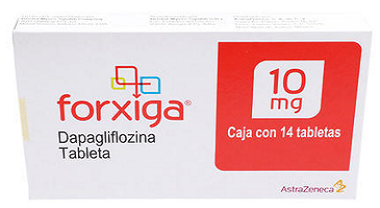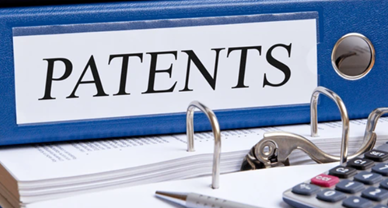AstraZeneca Vs Alkem Laboratories: Striking Down the Double Patenting
In the recent case AstraZeneca vs. Intas Pharmaceuticals and Alkem Laboratories, the Delhi High Court denied the interim injunction to the plaintiff who contended that the defendant infringed its patents IN 205147 (IN ‘147) as well as IN 235625 (IN ‘625), relating to the manufacture of anti-diabetic drug Dapagliflozin. This case is the best example of double patenting for an invention.
Brief
The two patents in question were originally registered by Bristol Myers Squibb, which assigned them to AstraZeneca in 2014. IN ‘147 is the genus patent which expired on 02.10.2020, and its species, IN ‘625, expiring in 15.05.23, is a compound which forms a part of the markush structure claimed by the former. The drug Dapagliflozin is marketed as Farxiga. Dapagliflozin, being an SGLT2 inhibitor, has recently been approved for the treatment of hypertensive heart failure.
The defendants argued that since a single compound could not be protected by two different patents, the expiry of IN ‘147, which had disclosed Dapagliflozin, ended the plaintiffs’ monopoly over the drug. The injunction ought not to be granted as the validity of IN ‘625 was questionable. On the other hand, the plaintiffs insisted that while the compound structure of Dapagliflozin was covered within IN ‘147, it was disclosed and marketed only in IN‘625.
[Image Source: indiamart]
Analysis
The contentions put up by the plaintiff for its second species IN ‘625 were many. The plaintiff also relied upon the commercial success of its patent in the market which does not answer any valid question. Also, the plaintiff justifies the patent by the fact that there was no such pre-grant and post-grant opposition against it. To this, the court reiterated Section 64 of the patent act which speaks on revocation on the ground of counter-claim against infringement. Only crossing the threshold of the examination will not test the validity. The challenge of the defendant was only subject to the contention that IN ‘625 was already conceived in the IN ‘147. The main objection was the Obviousness-type double patenting (ODP). This doctrine basically prevents the company to get a patent on a drug which is merely a variation of the earlier patent. This approach was primarily developed in the US. In case if both the patent are commonly owned, the company can file a terminal disclaimer. This disclaimer is used in the context that the second patent will disclaim the portion that extends the 20 years of the patent term of the first patent. This was shown by the defendant that the plaintiff filed the disclaimer in the US when the same subject matter rose which the plaintiff rejected stating that the mere filing of the disclaimer does not mean double patenting.
The defendant argued regarding the prior art for the IN ‘625 which was anticipated by the filing of PCT application of IN ‘147 was published before the priority date of 625. Ultimately the result of introducing the IN ‘625 does not fulfill any such technical advancement and also does not disclose any unknown substance.
The plaintiff in their argument also cited the case of Novartis vs. Union of India and reiterated the coverage-disclosure phenomena. It relied on the Supreme Court’s decision which held, there could be some gap between what is covered as against that which is disclosed. The court supported the defendant on the reason that USPTO also asked the plaintiff to elect anyone patent between the two. The court also relied upon the finding of no technical advances being put by the IN ‘625. Also, the court held that suing for infringement of a claim that is not disclosed will be out of place.
The case also reasoned the covid-19 situation with regards to the public interest. The contention was put that the price difference between the plaintiff drug and the defendant drug was more than 250% thereby supporting the defendant owing to the reason that the person suffering from diabetes will be at a greater risk to get infected with covid-19.
The case is a striking example of double patenting. The decision of the court is a welcome move on account of its no advancement put forward by the second patent. The court accepted the defendant’s argument against the validity of IN ‘625. The court’s decision balances the patent protection with the public’s right to health. The balance was much needed when the world has seen the brunt of pandemic and the access to healthcare.
Author: Saransh Chaturvedi (an advocate) currently pursuing LLM from Rajiv Gandhi School of Intellectual Property Law (IIT Kharagpur). In case of any queries please contact/write back to us at support@ipandlegalfilings.com.



